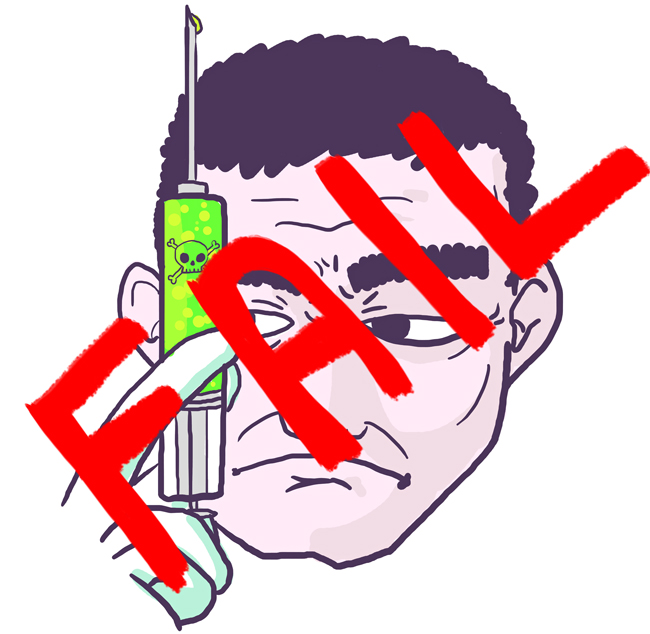Last week, cosmologists made a stunning discovery: The universe is nearly 100 million years older than we had previously thought. Although that sounds like a lot, it’s less than a 1 percent adjustment from the previous estimate of 13.73 million years, and still technically within the previously predicted range. Science’s march forward appears to be one of steady progress, although a closer inspection reveals jagged lines of ups and downs.
And even the big dogs of science can make mistakes. Isaac Newton single-handedly brought science into the modern era with his laws of motion, formulation of the theory of gravity and development of calculus. The discoveries we remember him for now show that he was very much ahead of his time.
But not every one of Newton’s ideas was a slam dunk. Aside from his support for the failed science of alchemy, Newton also failed to completely explain the movement of the planets. Instead of admitting that he hadn’t worked every piece out, he offered a divine explanation: Every so often a supernatural force had to intervene and adjust the planetary orbits, just as humans needed to periodically wind their watches. It wasn’t until after Newton’s death that a mathematical explanation for planetary motion by Pierre-Simon Laplace offered a more useful and complete model for studying the heavenly bodies without invoking heavenly beings.
Scientists have also fabricated evidence to strengthen their claims. Desperate to validate Charles Darwin’s belief that man is descended from apes, early 20th century archaeologists scoured the earth to find the predicted missing link: the skeleton of an ape/man hybrid. And they unearthed it in 1912.
Unfortunately, the fossil they found was a poor fake: a combination of an orangutan’s jaw, a modern human’s head and teeth taken from a chimpanzee or orangutan. The forger stained the bones with acid and filed down the chimp teeth to make them appear as if the creature had a human-like diet. It took scientists more than 40 years to conclude that “Piltdown Man,” as the fossil was dubbed, did not represent a genuine ancestral species.
We now have a more complete fossil record of human lineage and know that our ancestors were by no means half-man, half-ape abominations. They were creatures that didn’t exactly resemble anything alive today, and Piltdown Man wouldn’t fool an archaeologist today for more than a few seconds.
But for the one-two combination of fraud and lazy research, one need look no further than the recent case of Andrew Wakefield, whose study on the effects of vaccinations not only exemplifies shoddy experimental design, but also suffered from conflicts of interest and resulted in tragic consequences.
In 1998, Wakefield published a paper claiming to have found a link between childhood vaccinations and autism. The paper, whose results couldn’t be replicated, only had a sample size of 12 children. Aside from a miniscule sample size and results that couldn’t be replicated, the study suffered from outright fraud. An investigation revealed that Wakefield altered the medical histories of those children: five of the 12 showed symptoms of autism before receiving vaccinations and three never actually developed the condition. Additionally, Wakefield received money from a group of lawyers hoping to sue vaccine manufactures.
Despite obvious problems with the research, its results still reached the ears of cautious parents, who refused to vaccinate their little bundles of joy. Rates of potentially fatal, but completely preventable, diseases such as pertussis and measles have increased, and even today, 15 years later, we’re still dealing with honest, though misinformed, parents who support the “anti-vax” movement.
Although reality may be etched in stone, our interpretation is sketched in pencil with frequent erasures. Our scientific findings are fragile, but that’s what makes our confidence in them so strong — at any moment, with the right piece of evidence, centuries of knowledge could be knocked down. If despite looking, however, we can’t find that evidence, then our faith in the underlying method becomes stronger.
There’s no question that there are current scientific beliefs that are incomplete if not completely wrong, but the system works, on the whole, and our current understanding of the world is more accurate than ever before.





















